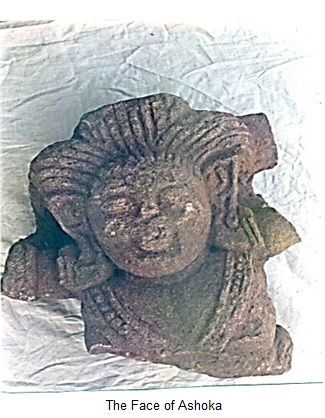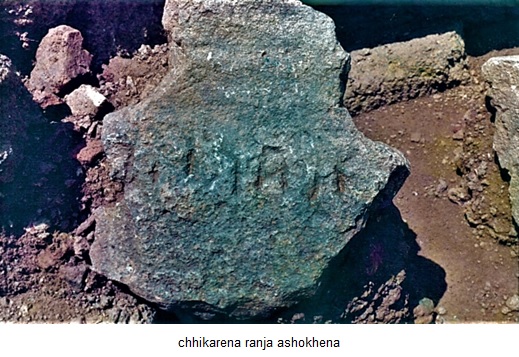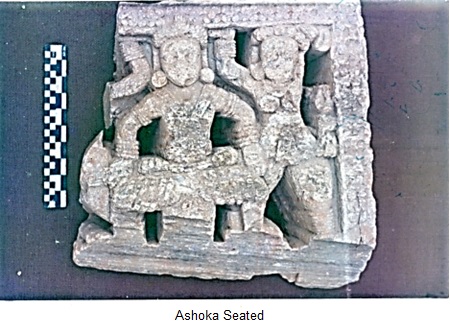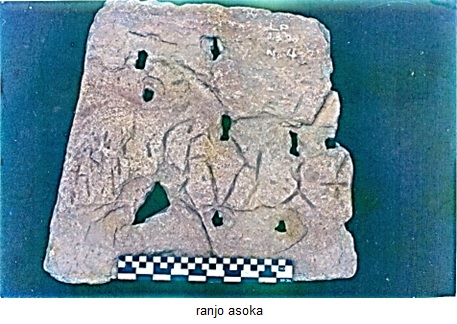Dec 26, 2025
Dec 26, 2025
H.G. Wells in his A Short History of the World (1922) called Asoka, “greatest of kings…His reign for eight-and-twenty years was one of the brightest interludes in the troubled history of mankind.” https://www.bartleby.com/86/29.html However, despite his numerous rock edicts scattered all over the Indian peninsula, no sculpture had been found depicting his features.

As the Kalinga war led to Ashoka’s transformation to the Dhamma King, it is only befitting that finally a unique bust of Ashoka should be discovered in Orissa at Langudi Hill near Jajpur district. The Orissan Institute of Maritime and South East Asia Studies has unearthed this remarkable find in 2000-2001at Langudi Hill which has been identified as Pushpagiri Vihara mentioned by Xuanzang, the Chinese pilgrim (c. 700 CE). [1]


The Prakrit inscription on the back of the bust has been deciphered as “chhikarena ranja asokhena” that is, “sri karena ranja asokhena” in Sanskrit, meaning “by the doer of prosperity King Ashoka”. [2] The writing has been dated to the 2nd century BCE. The bust is made of khandolite stone and was found in the stupa region. Its size is 34 x 29 x 14 cms. Ashoka is shown seated with earrings, necklace.

Another find was a stone sculpture 52 x 50 x 12 cms showing a seated male with a crown flanked by two women of whom the one on the left was a broken image. Here the inscription reads “ranjo asoka” and is dated to the 2nd century BCE as well.[3] The royal figure wears a turban or crown with earrings and an upper garment on neck and shoulder. There is a belt and armlets as well.
So now we know what Ashoka looked like. [4]
Footnotes:
11-Jun-2022
More by : Dr. Pradip Bhattacharya

|
Asoka was the greatest king of all in the Indian civilization. He waged ruthless wars in his early career, but underwent profound change in his heart after his war on Kalingas. He took hundred thousand prisoners. He was afflicted by repentance turned a moral philosopher and found a substitute for for conquests by arms in conquest by Dharma. He made a public proclamation of his errors and left his teachings inscribed on stone not as a monument but as a record of law for all to observe. |

|
The first I saw in my life the face of great Ashoka so distinctly .... Courtesy , the content of Sir... |